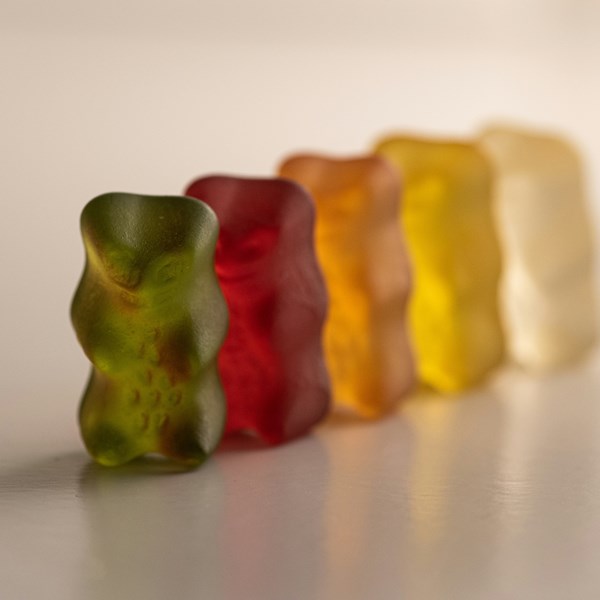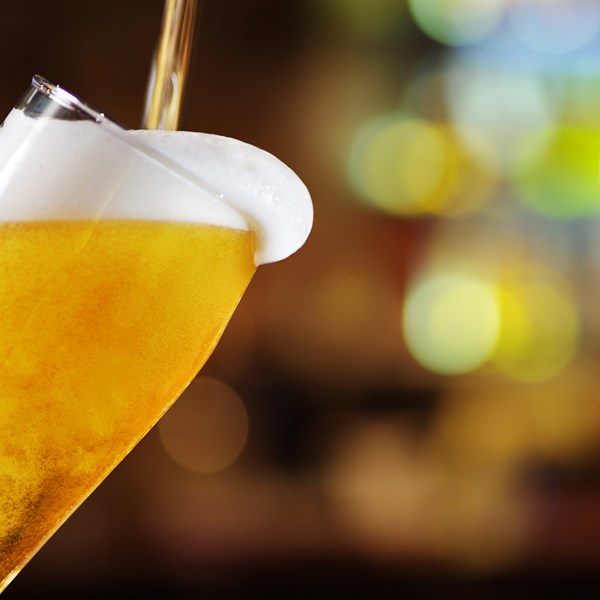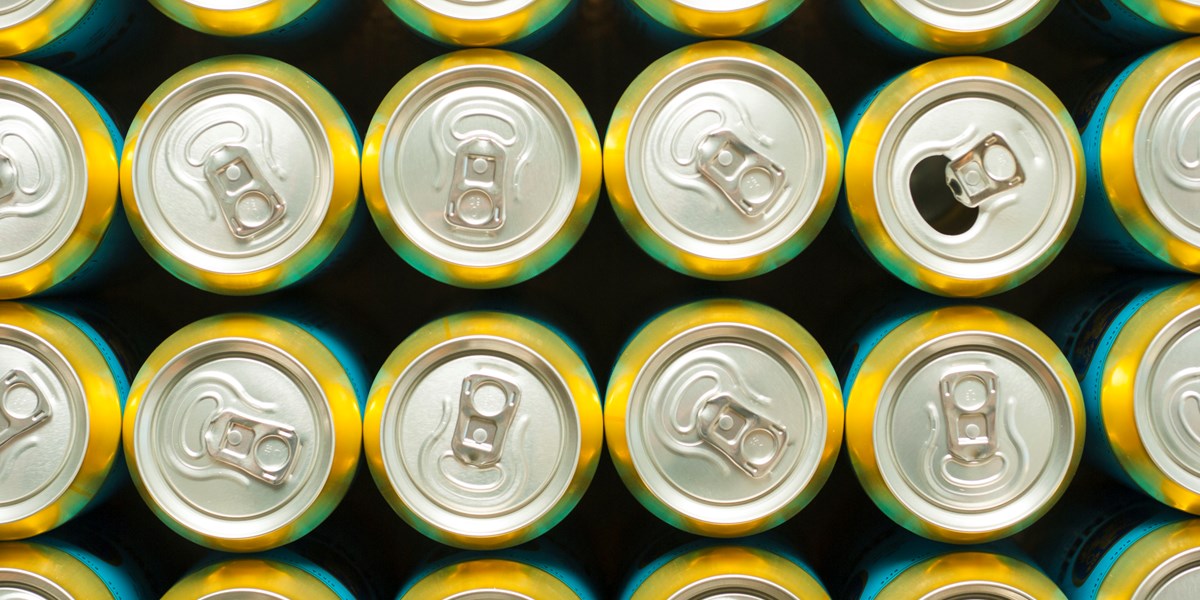On the 24th May the General Court decided that Emmentaler cheese cannot be trademarked in the European Union. The decision appears to have hinged on the German public’s view that Emmentaler is a type of cheese, not a geographic origin.
As the cheese is instantly recognisable and hugely valuable as it is now Switzerland’s second most-produced and exported hard cheese, Emmentaler Switzerland chose to register the word EMMENTALER with the World Intellectual property Organisation (WIPO). They then took their fight to the General Court after the European Union Intellectual Property Office (EUIPO) refused the WIPO registration.
The General Court’s explained their decision to back the EUIPO by saying:
“Since the mark applied for is descriptive of a type of cheese for the relevant German public and is not perceived as an indication of the geographical origin of that cheese, the General Court concludes that it does not enjoy protection as a collective mark.”
WHY DID THE GENERAL COURT BACK THE EUIPO'S DECISION TO REFUSE EMMENTALER AN EU TRADE MARK?
On the surface the General Court’s decision to back EUIPO boiled down to the question of descriptive character and a list range of supporting criteria into consideration including:
- A dictionary definition of the word ‘Emmenthaler’
- The scale of production and volume of sales of ‘Emmenthaler’ despite the fact there was no specific reference to the origin of the product
- Current German cheese regulation
- A previous judgment (C-448/98) stating Emmenthal cheese could be manufactured and marketed in EU Member States other than France
However, if one was to dig deeper, there is more to the case as Lars Karnøe, the senior trade mark specialist in Potter Clarkson’s dedicated foodtech team, explains.
The case does appear to be the latest chapter in the ongoing battle over Geographical Indications. It is an argument that has already involved a number of cheeses. Manchego and Parmigiano Reggiano, for example, have managed to successfully secure a trade mark based on their Geographical Indications. Gruyère, however, was unsuccessful and in March this year the USPTO decided ‘gruyere’ could lawfully describe this type of cheese regardless of where it was made.
Emmentaler has met a similar fate although Lars feels there is more to the decision.
It would appear the primary reason for bringing the case before the Court was that the plaintiff found that the EUIPO BoA had neglected to supply proper arguments for their decision (the decision on appeal before the Court). The other important factor is, in its response, the Court again underlines that it suffices that if a trade mark is considered descriptive in one member state (in this case Germany), it can be denied registration as an EUTM.
As for the Geographical Indication part, there is apparently a “special” story about Emmentaler. This is explained in length in the decision but in summary, Emmentaler is a generic description for a cheese defined in Codex Alimentarius. Therefore, it could never be a distinctive word. For this reason, it cannot be registered as a trade mark.
So, what have we learned from this case? One of the lessons producers must heed is to make sure they protect their tradenames before they develop in to being commercially generic, i.e. consumers refer to their brand name as the name for all products of that type much in the same way as ‘hoover’, ‘Dyson’ and even ‘biro’ have been adopted into common parlance in the household goods.
From a foodtech perspective, this topic should be of particular interest to plant breeders. In many cases, they will attempt to apply for protection of the plant variety, all too often giving the variety a name in the application. Unfortunately, this name then becomes the generic description of the variety. As a result, it cannot be protected as a trade mark.
HOW CAN YOU OBTAIN A GEOGRAPHICAL INDICATION FOR A FOOD OR DRINK?
Within the EU the names of specific products originating from a particular geographical area within the European Union can be legally protected. These geographical indications (GIs) are used to identify products with unique qualities or characteristics that are essentially attributable and inextricably linked to the specific geographical location they originated in.
The GI system has been put into place to protect the reputation and market value of regional products, promote fair competition and prevent other manufacturers producing similar products out of area from misleading consumers (which takes us back to the Emmenthaler argument).
Geographical indications allow consumers to make informed choices based on the origin and quality of certain products. In these difficult economic times, GIs also do much to support the development of areas within Europe like Champagne, Reggiano and Roquefort that often have little industry outside the foods and drinks they are famous for.
The EU system for geographical indications is governed by Regulation (EU) No 1151/2012 (which has replaced the previous Regulation (EEC) No 2081/92). This legislation offers the legal framework by which both agricultural products and foodstuffs and traditional products can be protected.
Under Regulation (EU) No 1151/2012, a GI can be registered at the EU level thus granting the product a protected status. Registration ensures that the name of the product is reserved exclusively for products from the defined geographical area. It also makes sure local manufacturers adhere to the specific and often historic production methods and meet the required quality standards associated with the product.
If you are to qualify a product as a geographical indication in the EU, you will need to meet certain criteria.
These criteria include proof that:
- Your product has a specific quality, reputation, or other characteristic attributable to its geographical origin.
- Production of your product takes place within the defined geographical area.
- Any specific production methods or traditional knowhow associated with your product are being followed.
If you are a looking to launch a new food or drink product and would like to make sure your brand is definitely protectable, please contact our specialist foodtech and food and drink teams today.






